While thousands of visitors every year arrive in Santiago de Compostela after walking one of the routes of the Camino de Santiago, it’s so much more than just a pilgrimage end point and is a hugely popular destination in its own right.
With plenty to see and do in and around Santiago de Compostela, I’d recommend spending at least two or three days in the city to savour all that it has to offer. If you are short on time though, these are some of the highlights not to be missed.
This post may contain affiliate links which means if you click a link and purchase something that I have recommended I may receive a commission. While clicking these links won’t cost you any money, it will help to keep this site going. Thank you for your support.
Attend the Pilgrim’s Mass at the Cathedral
If you’ve arrived in Santiago de Compostela fresh (or perhaps not so fresh) from the Camino then it’s likely that attending the Pilgrim’s Mass is high on your list of things to do.
There are four Pilgrim Masses each day (at 7.30am, 9.30am, 12 noon, and 7.30pm) with each one lasting between 30 to 45 minutes.
One of the highlights of the Pilgrim’s Mass, if you’re lucky, is the swinging of the ‘botafumeiro’ (incense burner). The botafumeiro in Santiago is one of the largest in the world and only operates on special occasions (although you can pay if you wish to see it outside of one of the official dates). The Cathedral of Santiago de Compostela website has a list of all the dates that you can witness the swinging of the botafumeiro plus the information you need if you wish to request it outside of these dates.
The botafumeiro is swung by eight specially trained men called tiraboleiros and bellows out incense as it goes. One reason was reported as being to cover the smell of newly arrived pilgrims to the city and, to be fair, might still work to this effect judging by the number of pilgrims who decide to go straight to Mass after arriving in Santiago.
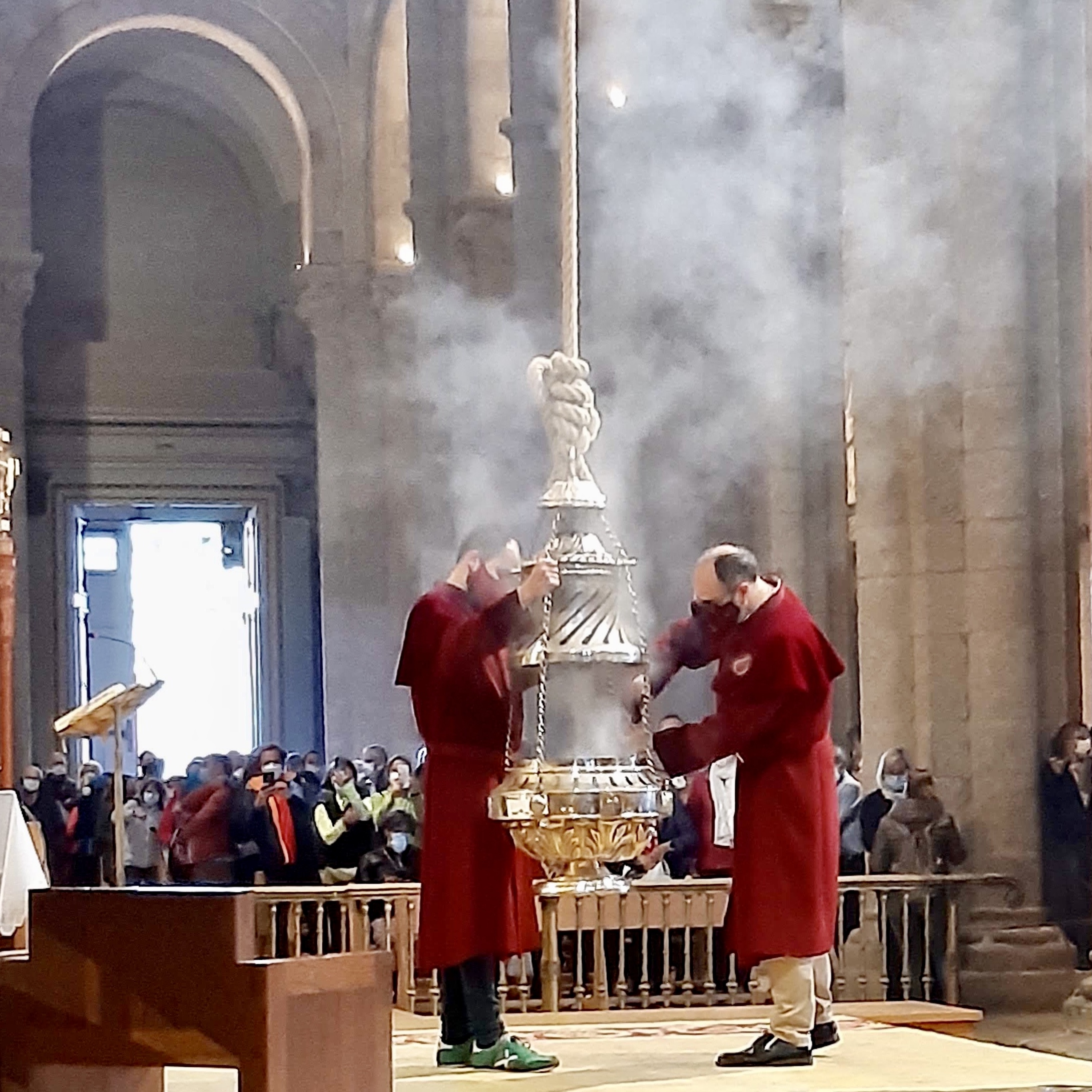

If you arrive in Santiago and do plan to go straight to mass, be aware that you won’t be allowed in the cathedral with your backpack.
Of course, you don’t have to be a pilgrim, or even religious, to appreciate the Pilgrim’s Mass and, if you’re fortunate enough to see the botafumeiro swinging, it’s likely to be an experience you won’t forget.
Visit the Cathedral and take a rooftop tour
The cathedral is the final resting place of St James and to stand outside it in Plaza del Obradoiro after walking one of the Camino routes is a special moment. As magnificent as it is outside, it’s just as special inside. Obviously you’ll see this if you attend a Pilgrim’s Mass but it’s worth a visit in its own right.


Construction of the cathedral started in 1075 and there have been many changes made to it over the years. You can enter the cathedral for free (it’s open daily from 7am to 9pm) where, as well as marvelling at the ornate interior, you can visit the tomb of St James beneath the altar. Make sure not to miss the Portico da Gloria and the Holy Door although be aware that you can only enter the cathedral through the Holy Door during a holy year.


A Holy Year occurs whenever Saint James Day (July 25) falls on a Sunday. This only takes place every few years and, due to leap years, they only happen 14 times each century.
You can take a guided tour of the cathedral, visit the cathedral museum and, if you get the chance, I can highly recommend the rooftop tour which gives you a fantastic birds’ eye view over the city. Tours take around an hour and don’t worry if you’re scared of heights, it’s perfectly safe.






Learn more about your journey at the Museum of Santiago and the Pilgrimages
A visit to this museum will tell you everything you need to know about the camino from its origins to the present day, and the various routes across the Iberian Peninsula to Santiago de Compostela.




Santiago de Compostela is a city that has been shaped by the Camino so it’s well worth a visit and even non pilgrims will find something of interest here. Situated on Praza das Praterias, just behind the cathedral, at the time of my visit (May 2022) admission was free.
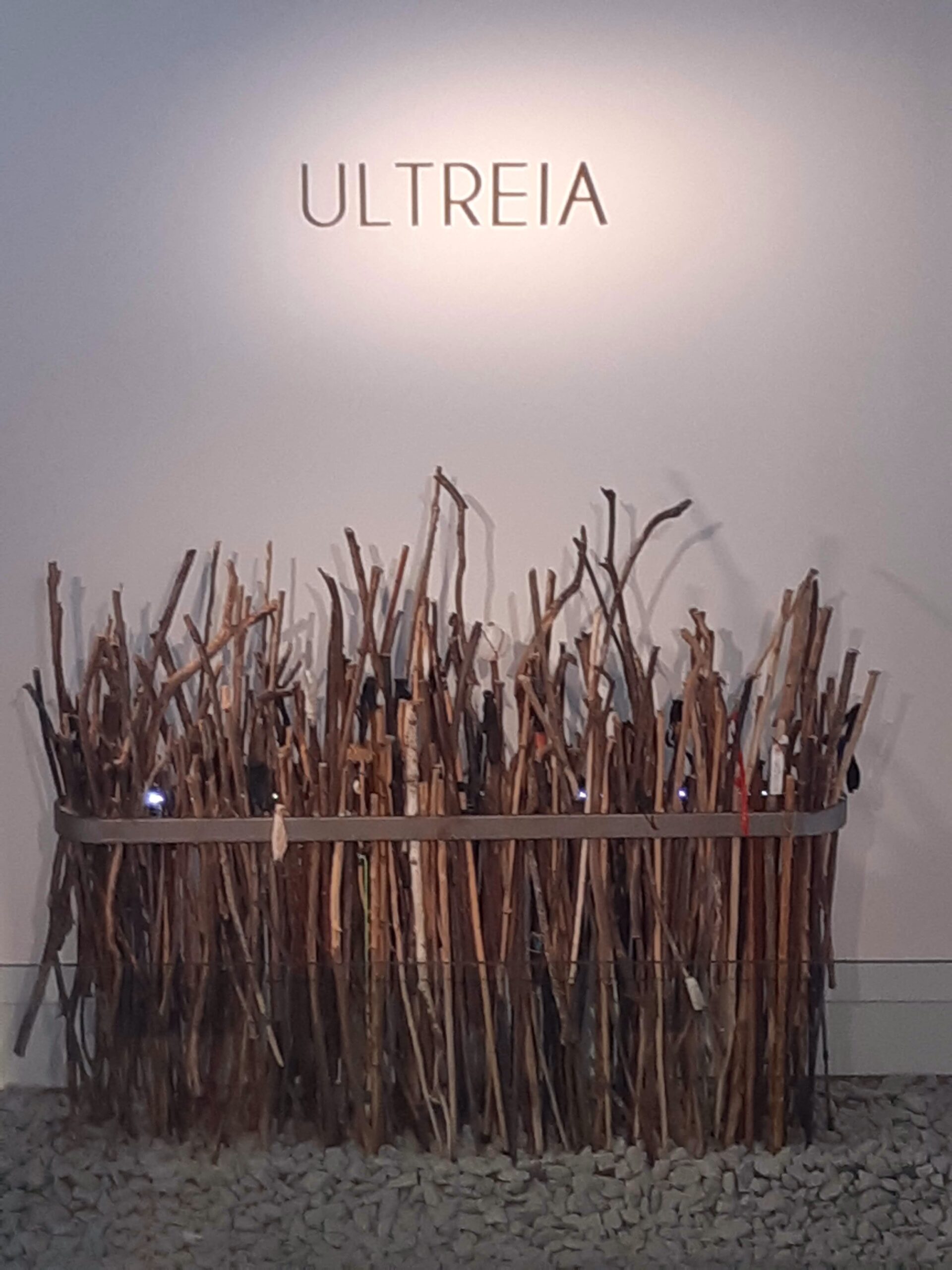

Have lunch with a view
There are plenty of places to stop for lunch in Santiago, but few have a better view than from the terrace at the Hostal Reis Catolicos, one of Spain’s famed parador hotels. The paradors in Spain offer unique accommodation in historic buildings be they monasteries, castles, or old fortresses. Naturally they don’t come cheap to spend the night so a bite to eat is an economical alternative.
A bottle of Peregrina lager and a club sandwich sitting in the sun watching more pilgrims arrive in the square was a great way to spend some time and was surprisingly good value too given the location.


Wander round Santiago’s old town
Assuming you haven’t had enough of walking after getting to Santiago on foot, then I can highly recommend exploring the old town. The old town was awarded UNESCO World Heritage status in 1985 and a wander around its narrow cobblestoned streets is a wonderful way to spend an afternoon.


Along the way you’ll walk under ancient archways, discover hidden squares, and pass beautiful old churches and other historic buildings. You’ll also discover a plethora of souvenir shops but don’t let the overly touristy side of the city put you off.


While you’re wandering don’t miss an ice cream from Bico de Xeado on Rua do Vilar – there’ll probably be a queue to get in, but their ice cream is worth the wait.


It does get very busy in Santiago de Compostela but you can normally beat the crowds in the old town by exploring early in the morning. If you want to learn more about the history of the city it’s worth taking a guided walking tour and, if you’re interested in the darker side of Santiago there are tours which show you the ghostly side of the city including the Land of Legends and Meigas night tour.
Savour a slice of Tarta de Santiago
If all that walking has left you in need of a pick me up, then take a break for coffee and try the city’s famous dessert, Tarta de Santiago. This is an almond cake which dates back to the Middle Ages, and you’ll easily spot it by the cross of St James which has been dusted on top with icing sugar.
In fact, it’s actually difficult to miss this local delicacy as there are entire shops devoted to selling it and you’ll be asked on multiple occasions as you wander around the old town if you want to try a sample.


They also travel very well so, if you have room in your luggage, why not take one (or two) home with you?
Enjoy a stroll around Alameda Park
Parque Alameda is a delightful green space that borders Santiago’s old town and, if you need a breather from the crowds in the city, it’s a pleasant place to while away an hour or two.
There are a number of paths throughout the park including the circular route around the park, Paseo da Ferradura. Along the way you’ll pass various sculptures including the writer Ramón María del Valle Inclán sitting on a bench, and there’s a mirador under a majestic tree which offers a superb view of the cathedral.


While you’re in the park don’t miss the statue of As Duas Marias. Sisters Corelia and Maruxa Fandiño were local characters who, every day at 2pm from the 1950s to the 1970s would take a walk around the park and nearby old town to chat to, and flirt with, students from the nearby university.
The statue to them was erected in 1994 and the colours of their outfits regularly changes, partly due to wear and tear, but perhaps also as a reflection of the sisters’ flamboyant personalities.


The sisters have also been immortalised in street art in the city.


There’s actually a sad backstory as the sisters came from a family involved in the anti-fascist movement and, as a result, were regularly targeted by the police during the Franco regime.
There are some interesting photos of the sisters on the El Pais website if you want to know more of their story.
Take a culinary tour of the old town
If you’ve worked up an appetite then you’ll be glad to hear that there are some excellent restaurants in Santiago de Compostela where you can enjoy some typical Galician cuisine, the most famous of which is the octopus. You’ll find it on menus as either Pulpo a la Gallega or Pulpo a la Feira. A simple dish it’s made by boiling octopus, cutting it into small chunks and sprinkling with salt, paprika, and olive oil.
If you wander along Rua do Franco in the old town you’ll find plenty of tapas bars many of which have displays of octopus and other regional delicacies in their windows. My favourite was A Taberna do Bispo where I took a seat at the counter and enjoyed a variety of delicious tapas dishes.




Taberna O Gato Negro is another popular bar and is always busy with locals which gives you an idea of just how good it is.
While it’s always fun to wander at leisure you can also book a food tour with a local guide if you want to learn more about Galician cuisine.
Look for the shadow pilgrim
Once night falls, there’s one thing that everyone should do and that’s seek out the shadow pilgrim.
Legend has it that a local priest fell in love with a nun. They planned to elope, and he was to wait for her disguised as a pilgrim. She never came and every night he returns and waits for her in the shadows.
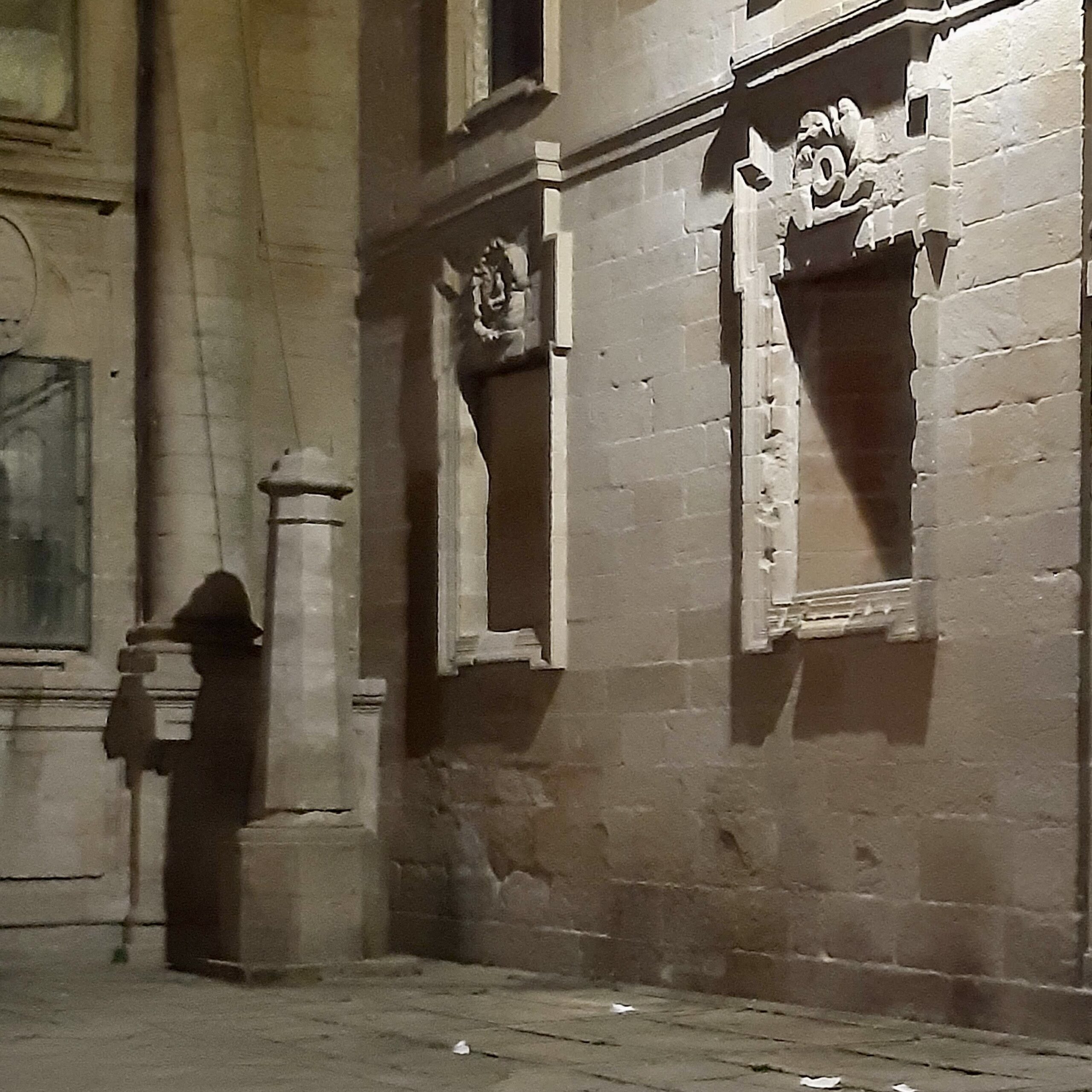

If you want to find the shadow pilgrim yourself you need to head to Plaza de la Quintana behind the Cathedral. In the corner underneath the clock tower and near to the Holy Door the shadow pilgrim appears every evening once darkness falls.
Enjoy the musicians in Plaza del Obradoiro
Once you’ve found the shadow pilgrim head over to Plaza del Obradoiro. At 10 pm every night during the summer months the Tuna de Derecho of Santiago de Compostela, a musical group made up of students from the University’s Law Faculty, gather under the arches of the Concello de Santiago, opposite the cathedral.
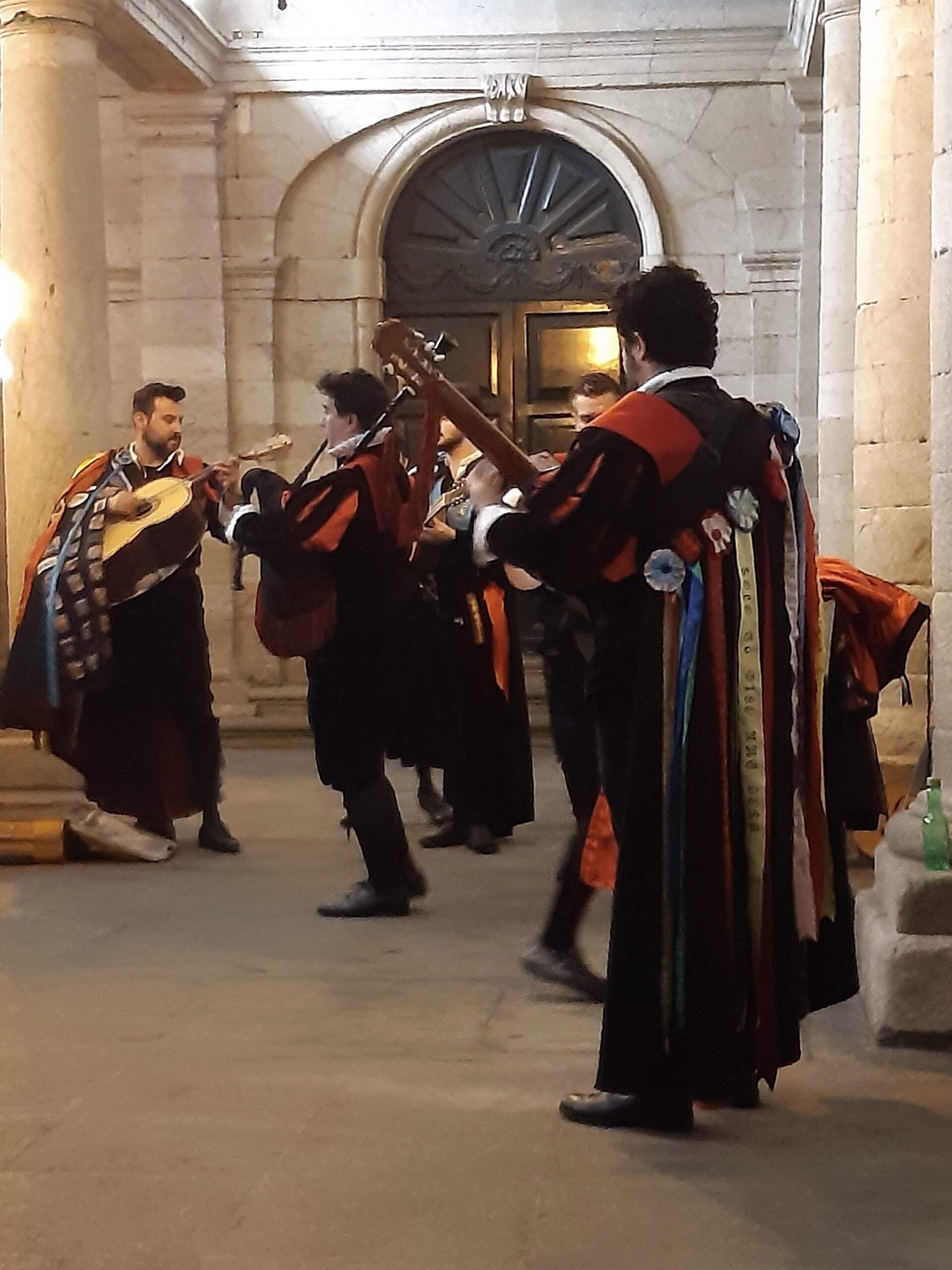

With their roots dating back to the 16th century the group entertains the crowd for two hours with a mix of traditional songs from Galicia and South America. Definitely not to be missed.
Journey to the end of the earth
While Santiago de Compostela might have been the final destination of your Camino it’s worth heading to Finisterre (which literally translates to end of the earth) or Muxia (or even both if you have time).
If you decide to walk to either of these, they share a common route as far as Hospital (around 38 miles/60 kms from Santiago). At that point you need to decide whether to head right to Muxia or left for Finisterre. There is a path that joins the two so you could actually return to Santiago de Compostela and walk a circular route if you wanted. Set aside four to five days to walk to either Finisterre or Muxia.
Of course, you may not have the time, or energy, to walk but, luckily, there are plenty of other ways of getting there. Hiring a car is easy, and there are regular buses linking Santiago with both Finisterre and Muxia. Alternatively, there are day trips that which will give you a taster of both towns as well as the surrounding area of the Costa del Muerte (Death Coast).
At the end of my Camino from Porto I decided to take the bus to Muxia where I stayed overnight before walking to Finisterre the following day.
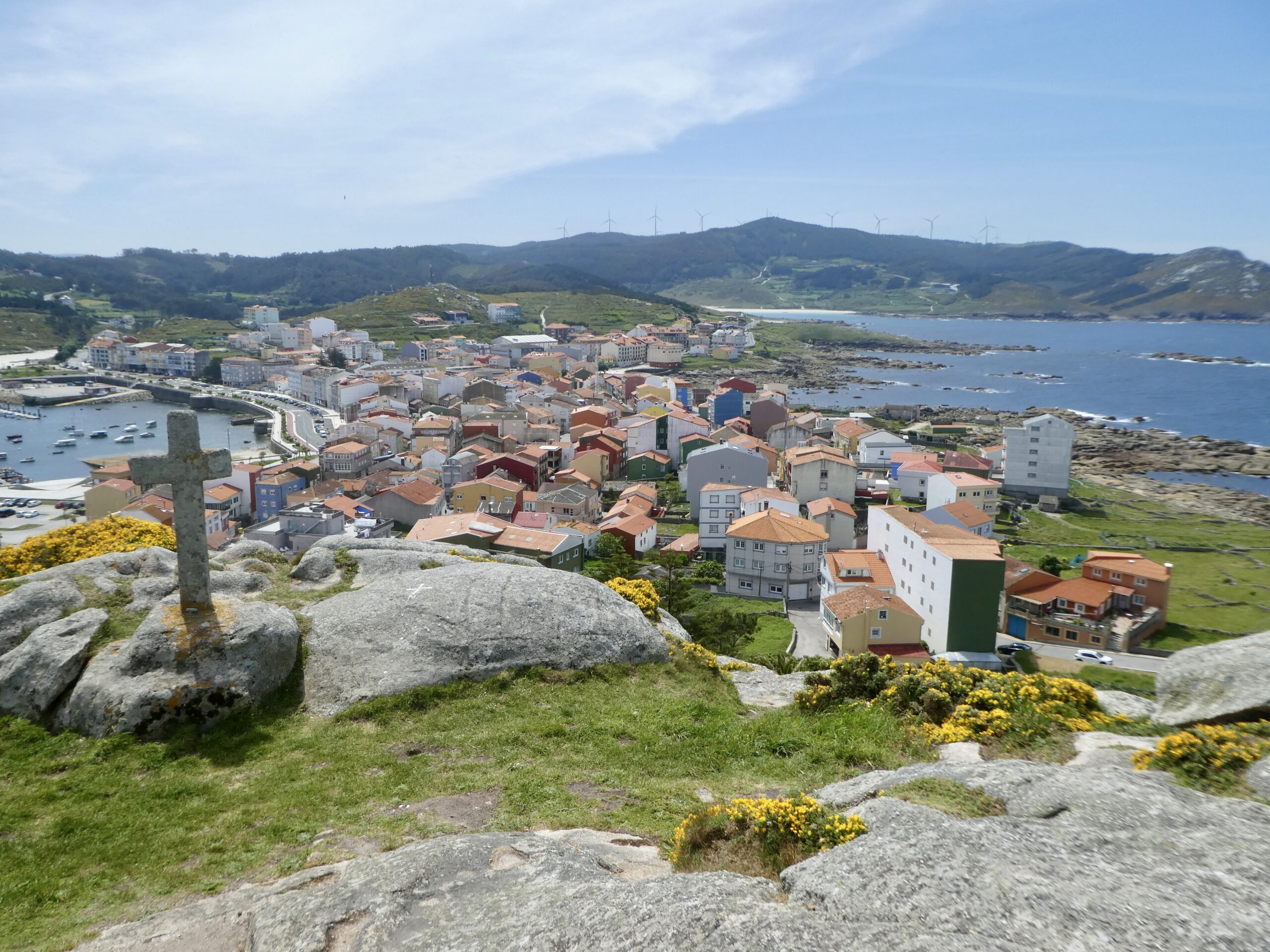

Both Muxia and Finisterre have a zero km way marker – in Muxia it’s a short walk from the town centre but in Finisterre it’s near the lighthouse which is around two miles (three kms) from the town centre.
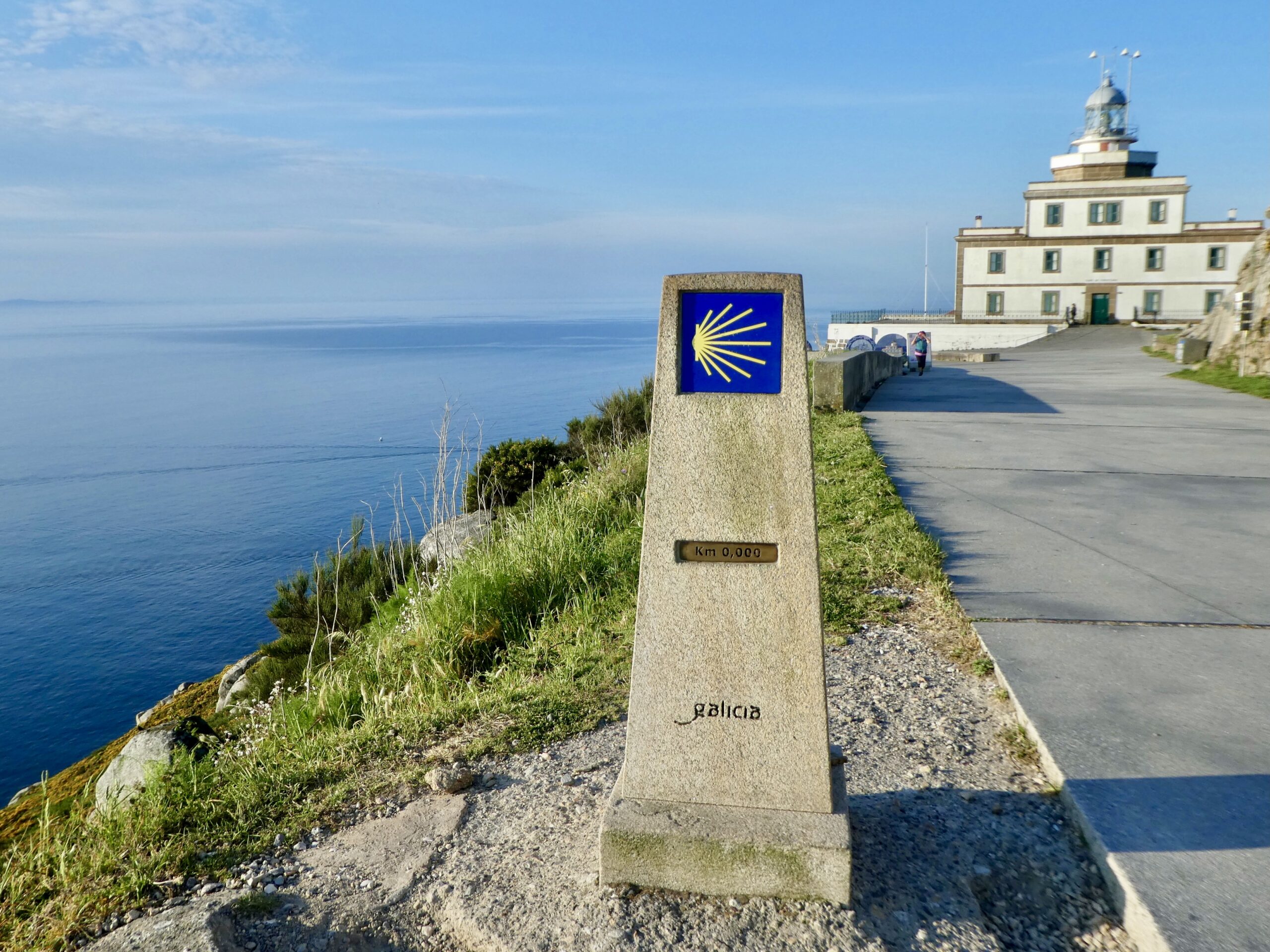

Both Muxia and Finisterre have great scenery and stunning sunsets. In Muxia I watched the sunset from the small chapel near the sea, while in Finisterre I took a boat tour and watched the sun set behind the lighthouse at the cape from the sea.
If you have time to stay in either of these towns there is plenty of accommodation to suit all budgets in both Muxia and Finisterre.
New blog post coming soon – ‘Walking from Muxia to Finisterre’
As you can see there’s a lot to see and do in Santiago de Compostela and this post only really scratches the surface. Hopefully, however, it’s given you a few ideas of things to do after your Camino.
If you’ve discovered anything else let me know in the comments so I can add it to my list for my next visit.


If you’re planning to walk the Camino Portugues, have a read of ‘Things to do in Porto before the Camino’.
Santiago de Compostela Essential Information
Getting to Santiago de Compostela
Although I’ve written this post with those who’ve walked to Santiago in mind, not everyone who visits has arrived after walking a Camino.
There are regular flights to Santiago from most major destinations worldwide. From the airport there are regular buses into the city centre which only cost €1.
Where to stay in Santiago de Compostela
There are hundreds of places to stay in Santiago de Compostela regardless of your budget.
I stayed in the Hospederia San Martin Pinario just behind the Cathedral at the end of my Camino. While it does have refurbished rooms there are also cheaper, basic rooms for pilgrims. If you want to book a pilgrim room you have to reserve them by emailing reservas@sanmartinpinario.eu. It’s worth contacting them well in advance as they do get booked up quickly.
If money is no object and you want a post-Camino treat why not stay at the 15th century Parador de Santiago, Hostal Reis Catolicos right in Plaza del Obradoiro.
If you’d like to stay somewhere close to the cathedral that’s easier on your wallet there are some alternatives including Casa Celsa-Barbantes and Hotel Praza Quintana.
Getting Around Santiago de Compostela
You can see all the main attractions easily on foot but if you’re planning to explore more of Galicia it’s worth hiring a car.
I always use Discover Cars and have found them easy to deal with over the years.
However, there’s also a very good bus and rail network for exploring more of Galicia.
Currency
It’s worth considering an international debit card which enables you to spend abroad without having to worry about unfavourable exchange rates. A Wise account gives you access to more than 50 currencies and also enables you to withdraw up to €200 per month free of charge at ATMs abroad.
Travel Insurance
I never travel without taking out insurance. You might think you don’t need it but you never know what can happen so it’s better to be safe than sorry. I use Globelink International who offer value for money insurance for travellers worldwide.
Get Your Guide offers a wide variety of tours and activities in and around Santiago de Composela
Why not pin this for later and follow me on Facebook, Instagram and Twitter for more inspiration, photos and updates?




We visited Santiago de Compostelo after visiting Fatima during a holy year back in 2010 during a pilgrimage. We were able to see the swinging of the bogofiero burner and to walk through the sacred door as it was open. We saw a parade of oversizes puppets. We visited the shrine of Saint James.
In Fatima, it was a over crowed because Pope Benidict was at Fatima with thousands of pilgrims. We spent four
days filled with many things to see and do. We saw thousand of pilgrims from around the world at both locations. Great places to visit.
I haven’t been to Fatima but it sounds like you had an amazing time there, as well as in Santiago.